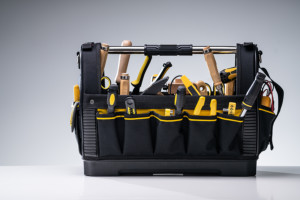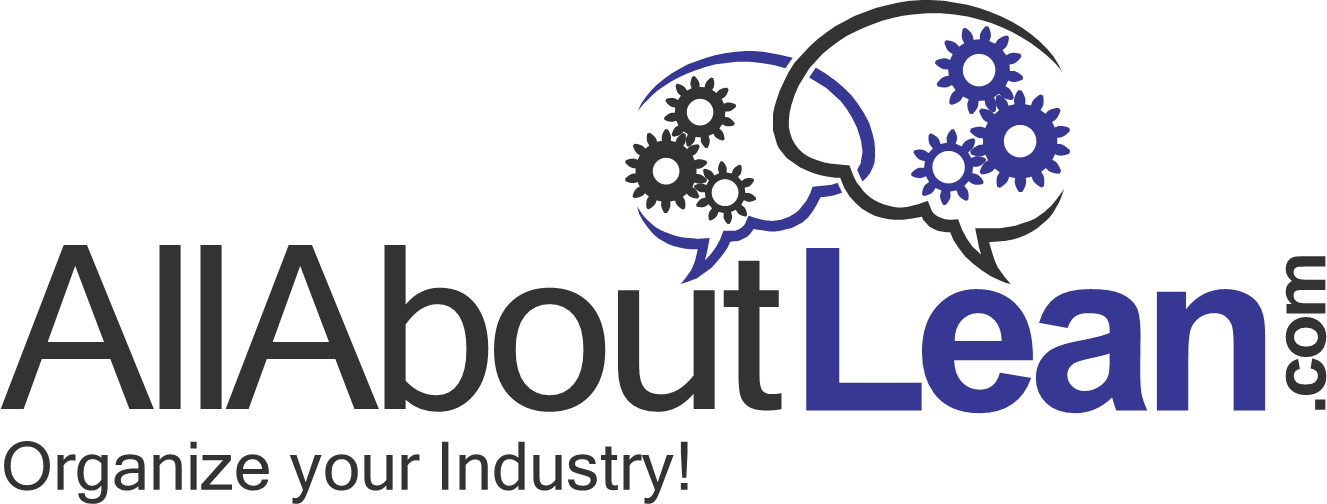 Single Minute Exchange of Die (SMED) to reduce and shorten changeover times is one of the best-known methods in lean manufacturing. However, the original steps as shown by Shingo have, in my view, potential for improvement. Hence, I restructured the changeover workshop based on my experience with SMED to make it easier and more straightforward. This rework is not groundbreaking or revolutionary, but merely a few small changes to make it easier to use. As it is popular nowadays, I also added a 2.0 after SMED for my SMED 2.0.
Single Minute Exchange of Die (SMED) to reduce and shorten changeover times is one of the best-known methods in lean manufacturing. However, the original steps as shown by Shingo have, in my view, potential for improvement. Hence, I restructured the changeover workshop based on my experience with SMED to make it easier and more straightforward. This rework is not groundbreaking or revolutionary, but merely a few small changes to make it easier to use. As it is popular nowadays, I also added a 2.0 after SMED for my SMED 2.0.
Lean Tools
Posts related to different lean tools, often also known as the lean toolbox. Different methods that can be used to improve the shop floor, although it is risky to use methods on their own without a whole lean system.
Steps Toward One-Piece Flow
What Should Be Your Target OEE?
 It is common in industry to measure the utilization or the closely related OEE. It is a bit more difficult, however, to set targets for these KPI. Often you hear people wanting or demanding an OEE as high as possible, with a long-term target of ideally 100%. That is often problematic. The utilization or OEE is unfortunately not a clear cut target that you can simply maximize. Let me explain…
It is common in industry to measure the utilization or the closely related OEE. It is a bit more difficult, however, to set targets for these KPI. Often you hear people wanting or demanding an OEE as high as possible, with a long-term target of ideally 100%. That is often problematic. The utilization or OEE is unfortunately not a clear cut target that you can simply maximize. Let me explain…
Examples of Job Shop to Flow Shop Conversions
 I am a strong believer in the advantage of flow shops. To me, job shops are an inherently chaotic system. While there are ways to manage job shops, these are merely (more or less) successful attempts to put a Band-Aid on the chaos. To me, only a conversion to a flow shop will bring underlying stability. In this post I would like to give you both historic and current examples of successful conversions from a job shop to a flow shop.
I am a strong believer in the advantage of flow shops. To me, job shops are an inherently chaotic system. While there are ways to manage job shops, these are merely (more or less) successful attempts to put a Band-Aid on the chaos. To me, only a conversion to a flow shop will bring underlying stability. In this post I would like to give you both historic and current examples of successful conversions from a job shop to a flow shop.
What is One-Piece Flow?
 In my last post I went into detail on the concept and philosophy of flow. This post goes deeper and looks at one-piece flow. If you are working in manufacturing, you surely must have heard the term one-piece flow. However, despite it being ubiquitous, I find that this is still often not very well understood. I also sometimes have the feeling that it is also used as a buzzword merely to impress others. Well, let’s have a look.
In my last post I went into detail on the concept and philosophy of flow. This post goes deeper and looks at one-piece flow. If you are working in manufacturing, you surely must have heard the term one-piece flow. However, despite it being ubiquitous, I find that this is still often not very well understood. I also sometimes have the feeling that it is also used as a buzzword merely to impress others. Well, let’s have a look.
What Is Flow?
 Everybody in lean talks about flow. You have to create flow! In particular you have to create one-piece flow. However, while this is true, I often find a lot of confusion on what flow means. Time for a post that goes to the basics and looks at what exactly flow is. My next post takes this up one step by looking at what one piece flow is.
Everybody in lean talks about flow. You have to create flow! In particular you have to create one-piece flow. However, while this is true, I often find a lot of confusion on what flow means. Time for a post that goes to the basics and looks at what exactly flow is. My next post takes this up one step by looking at what one piece flow is.
The 6R Goals of Lean Manufacturing
 Lean manufacturing aims to improve manufacturing. In this post, I would like to look at the 6R goals and clarify them. The 6R are right product, right place, right time, in the right quantity and quality, and at the right cost. It has a lot to do with logistics, not only for the final product, but also for the raw materials and intermediate components. Let’s have a look:
Lean manufacturing aims to improve manufacturing. In this post, I would like to look at the 6R goals and clarify them. The 6R are right product, right place, right time, in the right quantity and quality, and at the right cost. It has a lot to do with logistics, not only for the final product, but also for the raw materials and intermediate components. Let’s have a look:
On Standard Tools and Standard Solutions…
 On the web and in print, you find frequent mention of a “lean toolbox,” “lean toolbook,” or similar. These books do have their use, and at least one of them is written by an author that I highly respect. Many other lean books also focus on the different tools and methods. But focusing on a set of tools can also be quite misleading. Hence, I wrote this blog post as a word of warning. Every master needs their tools, but the tools do not make a master!
On the web and in print, you find frequent mention of a “lean toolbox,” “lean toolbook,” or similar. These books do have their use, and at least one of them is written by an author that I highly respect. Many other lean books also focus on the different tools and methods. But focusing on a set of tools can also be quite misleading. Hence, I wrote this blog post as a word of warning. Every master needs their tools, but the tools do not make a master!

